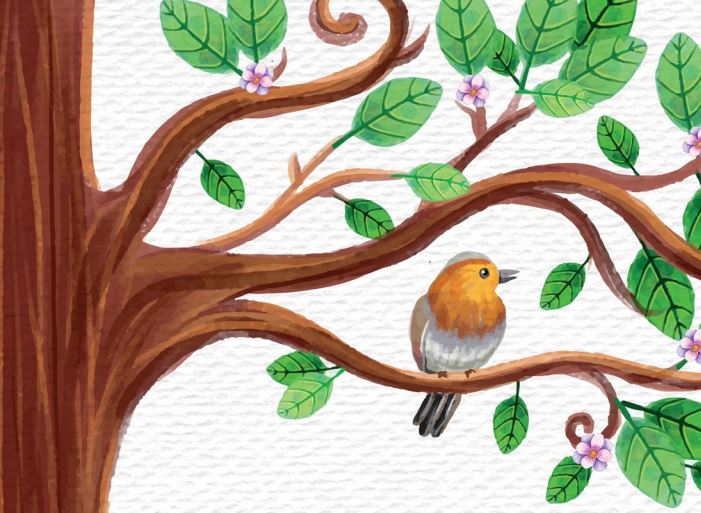
Trees can inspire at any time of year, but especially in the autumn. In the wild weather and darkening days of this eloquent season, trees offer a whirl of wonders to fire the imagination of young writers, irrespective of ability.
When the leaves take on the colours of precious metals and erupting volcanoes, and the wind stirs them up into roaring beasts, the impact can captivate you - if you let it. As for the fragile, fly-away leaves, spinning like sparks on their daring ventures, they have their stories too. Then, as the school term rolls on and the leaves roll away; the trees’ gaunt skeletons taunt the imagination with starker concepts. Yet autumn trees are full of dazzle, vigour and celebration too. What will your young writers make of them?
This article offers a tried-and-tested method of drawing older children - or upper junior classes - into this treasure trove of riches and helping them unleash their responses through creative writing - in particular, poetry and description. Four detailed suggestions for follow-on work are given at the end, including activities that combine writing with drama, art, sound and movement.
Theme: Autumn trees as beings and other things
The main literary areas in focus include imagery, personification, action words and sensory description. Other, supporting techniques recommended (as appropriate to ability level): action words, alliteration, onomatopoeia and, for able writers, kennings.
Can you hear the treetops?
Kate Williams, The School Magazine, NSW, Australia
Can you hear the voices – the voices of the trees?
Can you hear them singing to the gentle summer breeze?
Can you hear them laughing?
Can you hear them sigh?
Can you hear them whispering their secrets to the sky?
I can hear them playing, as they swing and sway.
I can hear their voices, but I can’t hear what they say.
You will need:
- Nearby trees to visit, and some to observe from the classroom;
- example ideas for tree and leaf imagery (see Resources below);
- pictures of autumn trees to display in the classroom;
- a variety of freshly-fallen autumn leavesscrap paper for jottings;
- coloured pencils for illustration.